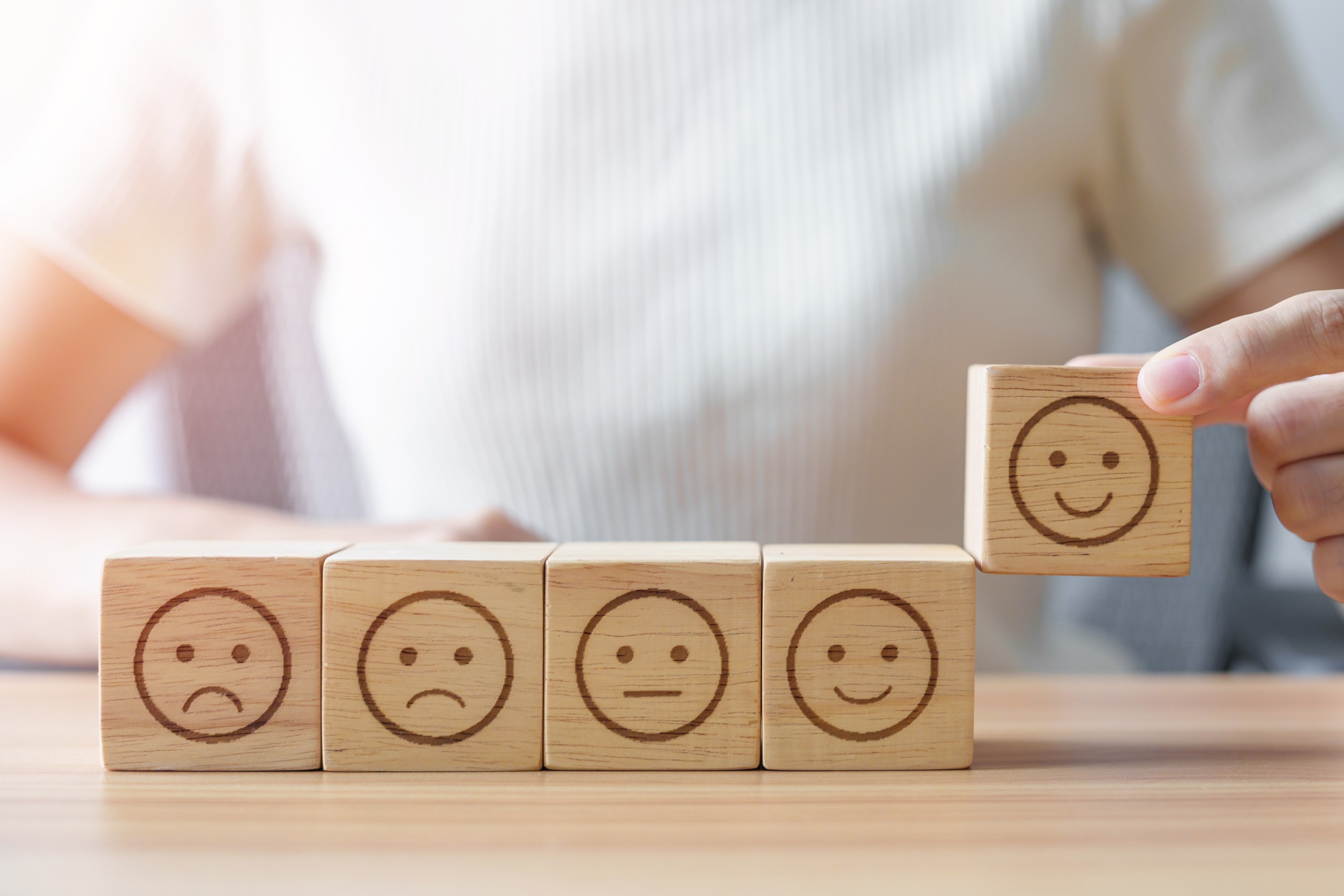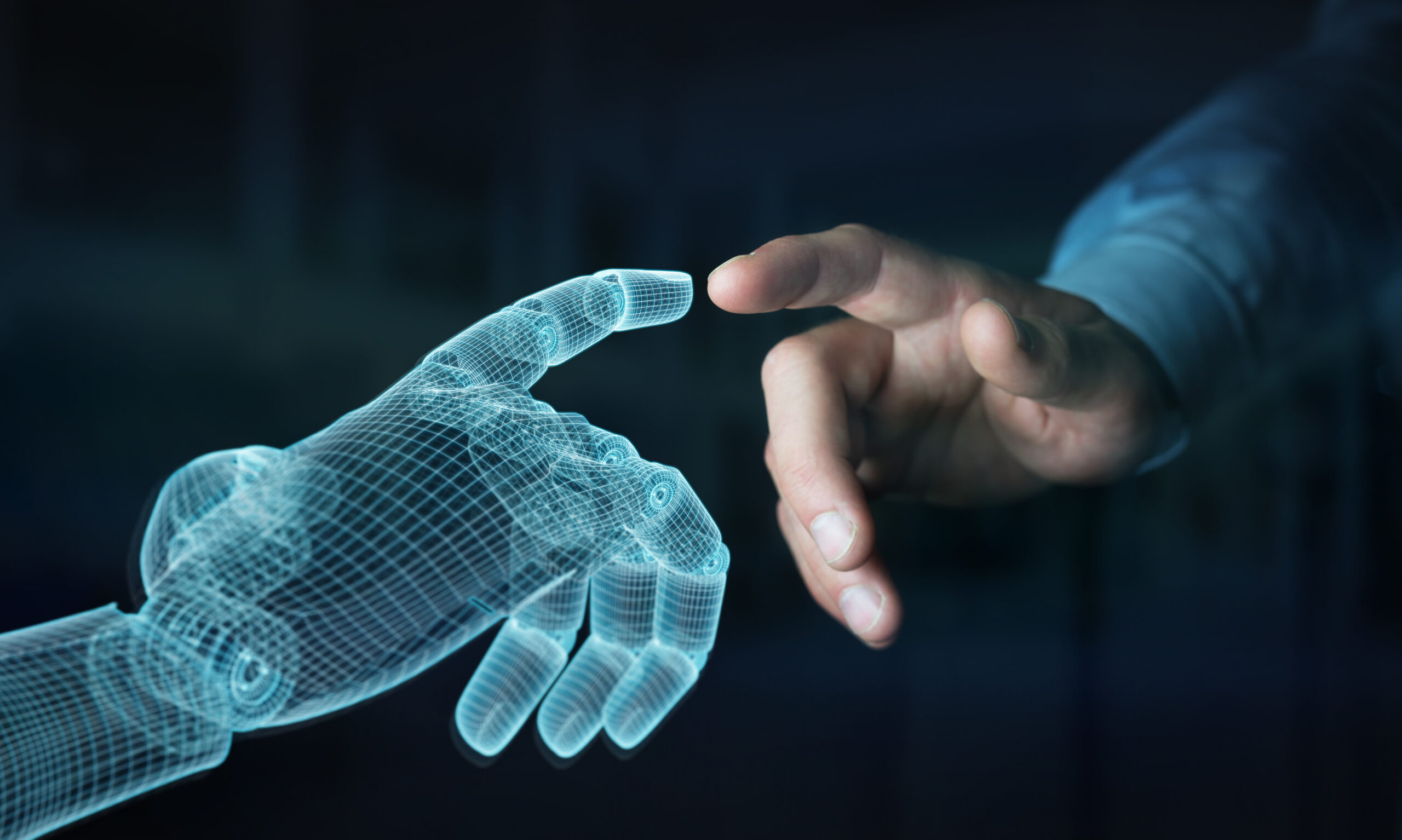Amid the AI craze, do not forget about employee wellbeing
- HRM Asia Newsroom

With the end of the year quickly approaching, it is going to be difficult not to look back upon 2023 as the year AI took over the world of HR technology and, to some extent, took over HR itself. AI dominated the discourse at the HR Technology Conference and other industry events and has been featured prominently in new product launches, development roadmaps, keynote presentations and buzzy press releases throughout the year.
Discussions about AI—where and how it can be utilised, the potential cost savings it can generate, the process improvements and changes it will lead to, and its overall impact on work and workplaces—seem likely to dominate 2024 as well.
As a “tech” person, I think this heightened focus on AI in HR technology is important and potentially pivotal for HR leaders. Yet, I am also concerned that we are losing focus on, or perhaps reducing our attention to, what was one of the other critical areas of concern for HR leaders just before we all learned the term “ChatGPT”: employee wellbeing.
ChatGPT only launched publicly in November 2022 and achieved such a rapid rise in hype. It was shortly followed by dozens, if not hundreds, of HR technology providers rushing in with their own AI and generative AI solutions. So, it is understandable that as 2023 winds down, much of our focus for next year is on how AI tools will impact our organisations and our employees.
But I would like to use this space to think about how, in 2024, we can keep the most important workplace issue post-pandemic—employee wellbeing—at the forefront of our planning for the new year, alongside the latest, most important workplace issue from 2023: AI.
By way of refresher, here are some employee wellbeing statistics that serve to highlight the depth and breadth of the wellbeing crisis impacting many people in the workforce:
A recent CNBC survey conducted in August found that 61% of Americans live pay cheque to pay cheque, up from 58% in March.
The 2023 MetLife U.S. Employee Benefit Trends Study showed that 60% of employees are interested in a wider array of non-medical benefits, the highest level since 2013.
Lost productivity due to depression alone costs employers an estimated US$44 billion each year, according to a 2021 analysis by Tufts Medical Centre.
Mind Share Partners’ 2021 Mental Health at Work Report found that 84% of respondents said their workplace conditions had contributed to at least one mental health challenge.
The American Psychological Association noted that 81% of workers reported that they will be looking for workplaces that support mental health in the future.
These and many more data points remind us that employee wellbeing is still a top-of-mind concern in most workplaces, even if we have become a bit fixated and perhaps distracted by the latest shiny object: generative AI. The challenge ahead for HR leaders is, as always, to manage multiple priorities, challenges, and opportunities simultaneously—and optimally, find appropriate programs, solutions and technologies to support the workforce and their organisations.
Given AI, especially generative AI, is the hot, new trend in work technology, and employee wellbeing remains a critical challenge in the workplace, what opportunities exist in 2024 for HR leaders to leverage these fantastic innovations to improve wellbeing? Let us take a look at three potential areas where new and emerging AI solutions can make an impact on the real business and people challenge of employee wellbeing.
Breaking down barriers to access
Often, the perceived stigma of discussing mental health and wellbeing at work can prevent employees from taking advantage of employer resources. Generative AI, when deployed as a “smart” digital assistant or chatbot, can play an important, facilitative role. With help from the digital assistant, employees can learn about the resources available to them and begin the process of accessing care if necessary.
Employees are likely to welcome these technology-based aids as well. According to 2020 research from Oracle, 68% of people would prefer to talk to a robot over their manager about stress and anxiety at work, and 80% are open to having a robot as a therapist or counsellor.
For the many employees who do not feel comfortable or safe enough to raise mental health or other wellbeing concerns with management or even HR staff, an AI tool can be of significant benefit—and an essential element in getting care to employees in their time of need.
Reducing factors that lead to burnout
The researchers at Great Place to Work identified 10 factors that contribute to employee burnout—an important driver of suboptimal wellbeing. Many of these factors can be mediated through the application of modern technology, particularly new forms of AI technology.
For instance, AI can help complete routine or repetitive tasks to alleviate an employee’s workload, which can subsequently help employees reallocate their time and energy to higher-value, creative and more inspiring tasks. AI can also facilitate recognition and acknowledge employee contributions.
By using AI, organisations can realise not only the first-order benefits from the automation of tasks but also the follow-on benefits that accrue as employees reduce mundane and uninspiring work and can exercise their intelligence, creativity, and empathy on more meaningful and fun tasks.
Making the best benefits enrolment decisions
While more organisations are devoting time, resources, and investments into employee wellbeing—mental, physical, financial, and more—these initiatives will fail to meet the desired outcomes if they are not utilised to their potential by employees. One important touchpoint in the employee experience that directly affects potential outcomes and benefit utilisation is during new hire, life-event-based or standard annual employee benefit enrolments.
With AI technology, HCM and benefits technology solutions can provide employees with personalised benefits platform experiences tailored to their needs, behaviours and even their health history. Some of these tools provide the employee with notifications and reminders about benefits when and where the employee needs to see them.
The technology can also summarise often complex, jargon-heavy benefits information into plain language. Finally, more advanced AI solutions can leverage powerful sentiment analysis to understand employees’ questions and get them the support and resources they need—even if they do not know they need it at that moment.
As we close out 2023 and begin looking forward to the New Year—with the proverbial “visions of AI dancing in our heads”—it is important to remember that AI, or any other workplace technology, exists only to help the organisation meet its important goals. Among these goals, arguably among the most important, is to support and improve employee wellbeing across its many dimensions.
READ MORE: Surge in mental health issues among younger employees in Japan
We are all excited, intrigued and hopeful that new technologies like generative AI will help transform organisations and lead to long-term success. But that success is only possible through people and supporting them has to be just as important as the financial and operational success that AI technology will be measured against. Let us commit in 2024 to incorporate assessments of employee impact and wellbeing as we consider our experimentation with and implementation of AI technology.
About the Author: Steve Boese is the Inside HR Tech columnist at Human Resource Executive (HRE), and chair of HRE’s HR Technology Conference. This article first appeared on Human Resource Executive.






